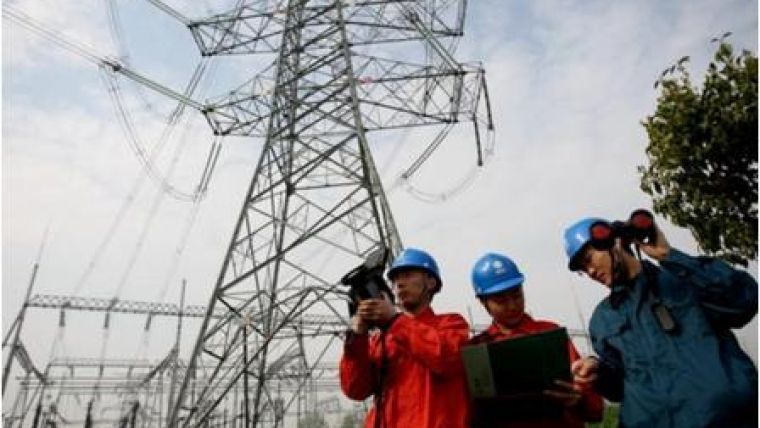Airborne Imaging Supports New Smart Grid
High-fidelity 3D Representations of China’s Electricity Infrastructure
Traditional methods for managing the electrical grid struggle to meet the needs of the power industry and its customers. One promising solution, the smart grid, offers economic and environmental benefits for producers and consumers of electricity. Advanced geospatial systems are providing essential information for smart grid development and operations in China.
The term ‘smart grid’ describes a modern power grid that uses blended technologies to provide more efficient operation and management of electricity. The smart grid combines remote sensing, communications, data analysis, decision-making and automated control to provide new approaches in producing and shipping electric power. The smart grid can also enable consumers to better manage their individual power usage and improve their efficiency. The primary advantages include increased reliability, reduced costs for production and delivery, improved safety and reduced emissions through the increased use of clean or renewable energy sources. By using technologies for fault detection and network self-healing, the smart grid becomes less vulnerable to disruption caused by natural disasters or attack. When integrated into the existing power grid infrastructure, the smart grid will play a central role in distributing and managing electricity.
New smart grid
In China, work is already underway to implement a smart grid. As the world’s largest consumer of electricity, China obtains 70 percent of its electricity from coal-fired power plants. Although its consumption of electricity is expected to triple by 2035, China has made a strong commitment to reduce its carbon emissions. The smart grid can play an essential part in meeting the nation’s growing needs for electric power while increasing the amount of renewable energy used as a percentage of overall electricity consumption. Based on the country’s existing energy infrastructure, China’s new smart grid will address all aspects of electric power supply: generation, transmission, distribution, consumption and scheduling.
‘On-foot’ inspections
Transmission lines are an essential component of the power grid. China’s rapid economic development has created increased demand for transmission lines to carry electricity over long distances. The terrain and topography of the transmission corridors have a huge impact on line alignment and safety operations. Many corridors are far away from urban areas and transportation lines, and traverse over mountains and other challenging terrain. Some corridors include so-called ‘blind areas’ which are remote or very difficult to access for inspection and maintenance. Traditional ‘on-foot’ methods (see Figure 1) of maintenance and data collection make it difficult for the power industry to meet requirements for safety and development of the smart grid. Hence, the power industry needs inspection methods that are safe, robust and efficient.
Continue reading in the online edition of GIM International.

Value staying current with geomatics?
Stay on the map with our expertly curated newsletters.
We provide educational insights, industry updates, and inspiring stories to help you learn, grow, and reach your full potential in your field. Don't miss out - subscribe today and ensure you're always informed, educated, and inspired.
Choose your newsletter(s)
























